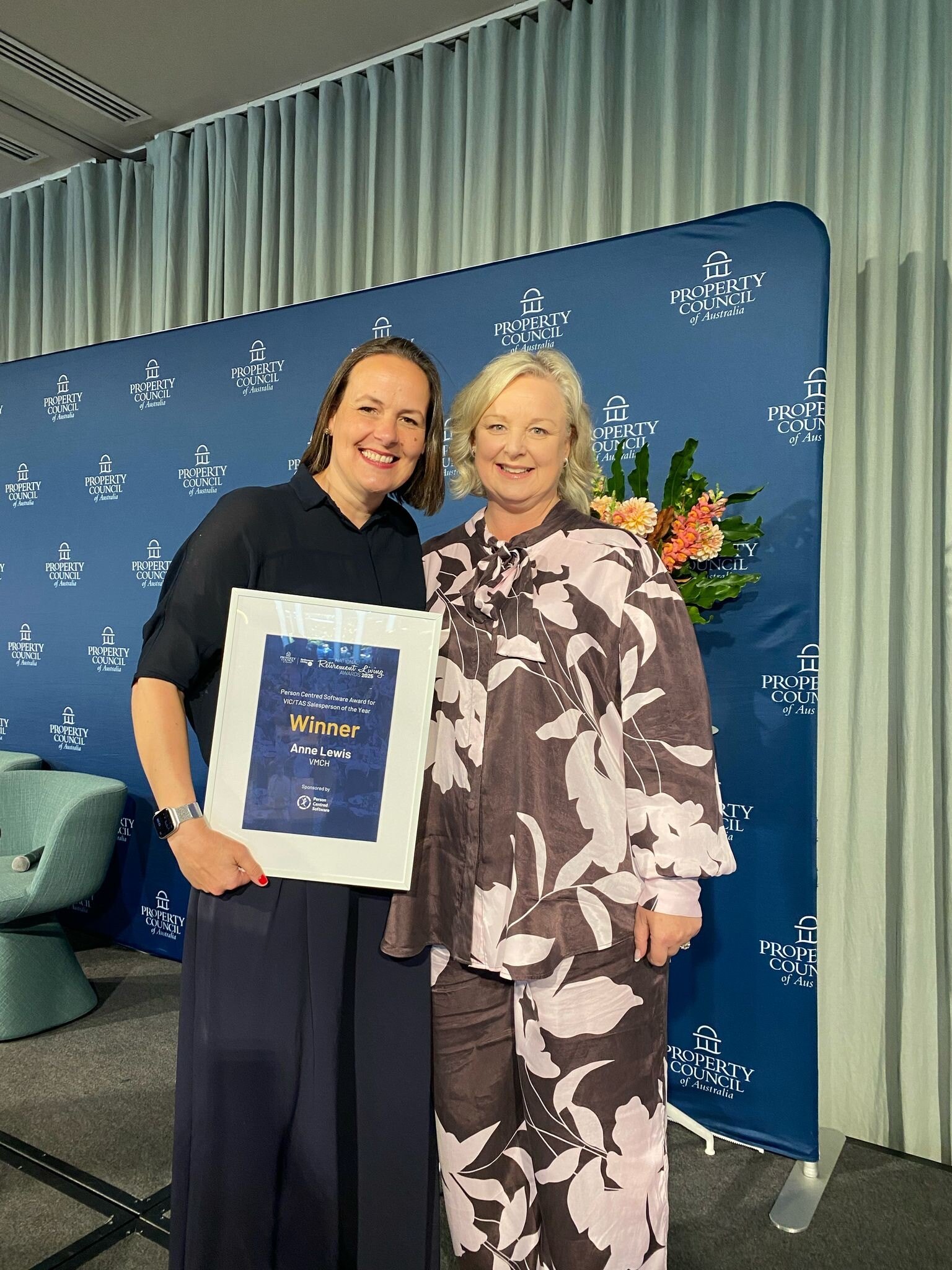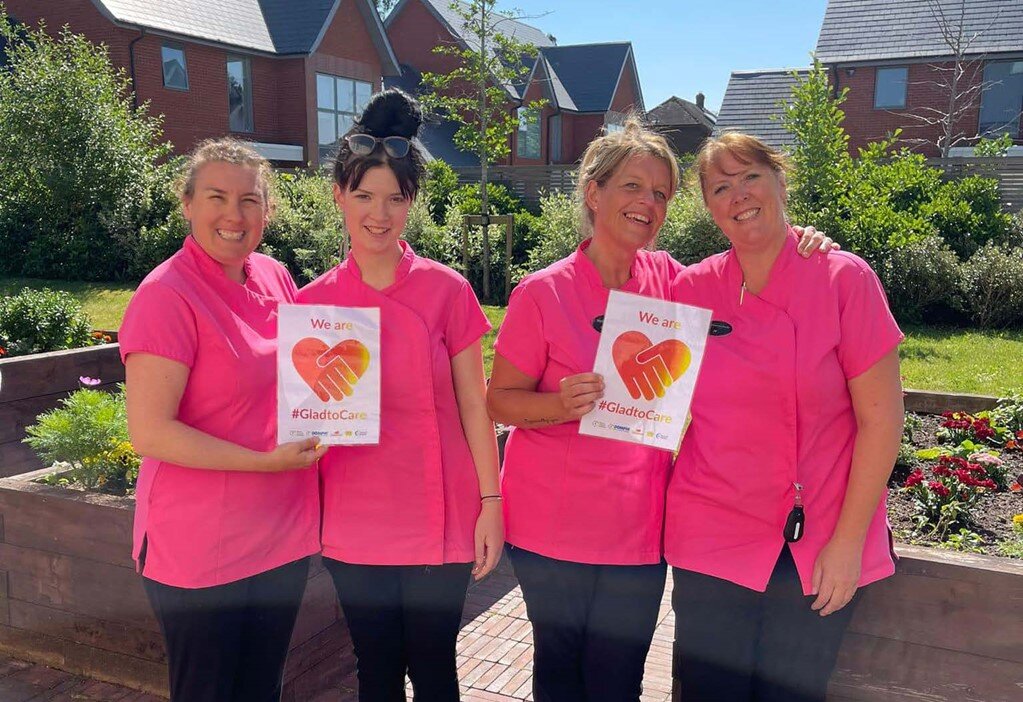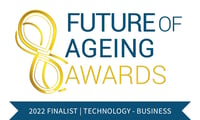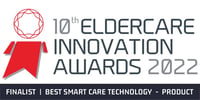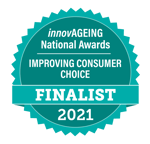Published in Inside Ageing, Hospital + Healthcare
By Kyle Stewart, Product Manager at Person Centred Software Australia
Following the recent announcement that the Australian Government has approved the continued development of the Australian National Aged Care Classification (AN-ACC) as a possible replacement for the Aged Care Funding Instrument (ACFI), there pose to be several imminent technological benefits to support the carers of aged care homes.
What are AN-ACC shadow assessments?
Shadow assessments under the new AN-ACC have been underway since April 2021. Under the new system, assessors complete sets of assessments and enter their findings on the AN-ACC portal. From there, an algorithm calculates and classifies the individual in any of the 13 levels.
To help the assessors, aged care providers should ensure they have comprehensively reviewed the individual’s assessments and care plans to ensure they remain reflective of their assessed needs.
Assessments around mobility and Activities of Daily Living (ADL)
In particular, assessments around mobility and Activities of Daily Living (ADL) are most significant, along with specialised care pathways such as oxygen, chronic wounds, daily injections, and so on.
Information such as how often sheets are changed due to incontinence, individuals’ weights and the number of resident falls assist assessors to determine classification levels.
How will AN-ACC compare to ACFI?
AN-ACC is expected to reduce the administrative burden of completing assessments and provide consistency in the types of assessments used. This will shift documentation from being primarily funding driven, as with ACFI, towards documentation with a re-enablement approach.
How can technology help aged care homes meet AN-ACC requirements
A recurring theme within the aged care sector – especially residential care – has been the inadequacy of funding available to provide safe and quality care. In part, this is due to the overall amount of funding available to the sector. However, it is also because of the way funding is distributed to aged care providers.
For too long, recent technological advancements have not been utilised to their full potential. Using data for statistical analysis and benchmarking, for example, will provide aged care providers with insights into their operations that are not immediately available. Furthermore, data enables aged care providers to tailor services to meet the needs of each person in their care.
Having a wealth of information at your fingertips that can improve someone’s quality of life is a remarkable thing, and not all too long ago was unachievable. Now, we live in a world where technology is integrated into everything around us and can be used to enhance the mental and physical well-being of others. There is a reason why so many aged care providers are digitising their care environments – they understand that care technology is built to help and support the caregiver and receiver at a rate never achieved before.
So, it begs to question, why has it taken so long for appropriate funding to be dedicated towards further implementation of technology?
Benefits of a digital clinical documentation system for AN-ACC
More and more aged care providers, after all, are seeing that digital clinical documentation systems, which focus on each resident and their individual goals or wishes, encourage a more person-centred approach to care delivery, rather than focusing on the funding aspect, which is not person-centred at all.
For example, agile and innovative digital clinical documentation systems designed specifically for the aged care sector have become more widely available and are growing in popularity as care homes transition from the paper-based models favoured previously.
Evidence care at the point of delivery and save time
Technology now has the meticulous ability to enable care providers to digitally plan, record and monitor the care of residents at the point of delivery. Moreover, it reduces the time it takes to evidence care by removing paper from the process so that carers can focus on delivering the best possible care to their residents.
Reduce the risk of misinterpretation
Icon-driven technology also has the added benefit of reducing the need for written language, eliminating language barriers between staff of different nationalities and reducing the risk of misinterpretation.
Keep personal data secure
Through such software, staff can evidence care through a simple click of a button while on the go. This data is saved instantaneously within a secure online portal accessible to all those in the organisation who have access.
Minimise errors and enhance collaboration
When room for error is so marginal, carers now have the resources to save time, reduce workloads, minimise errors, and enhance collaboration. Therefore, technology often misconceived as too complex to integrate within aged care facilities has proven to be the opposite. Instead, it is our best tool to pave the way toward a sustainable funding model that places outstanding care at the heart of its ethos.
Discover Person Centred Software’s Mobile Care Monitoring
All of the above can be achieved through Person Centred Software’s Mobile Care Monitoring system, which should be considered ahead of the change in the funding model.
Ultimately, moving from a task-driven model to a more person-centred approach will mean aged care homes will need to evidence care to secure the necessary funding.
Using innovative digital clinical documentation systems under the new model, funding for residential aged care will be fairer and more stable. The assessment process will be more accurate and nationally consistent. Furthermore, the burden of paperwork will be removed altogether allowing carers to spend more time providing safe, effective and person-centred care.
Overall, it is clear that the agile capabilities of technology are empowering all areas of aged care facilities and leaving traditional administration systems to struggle for relevance in a world that is increasingly becoming more integrated and tech-savvy. With all these beneficial changes – and we look forward to seeing more in the imminent future – helping drive outstanding care, utilising technology under the new model will continue to improve the overall quality of care in aged care homes.
Want to know more? Read our complete guide to AN-ACC. Or fill in the form below with any questions, we’re more than happy to help and would love to hear from you.




